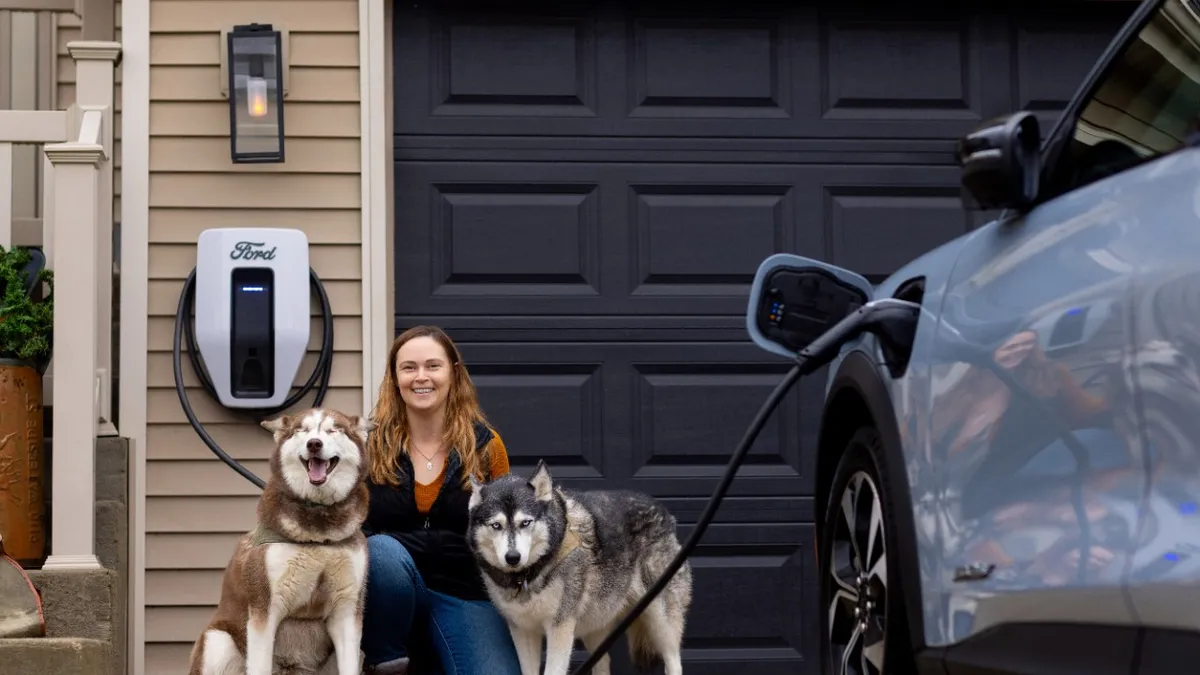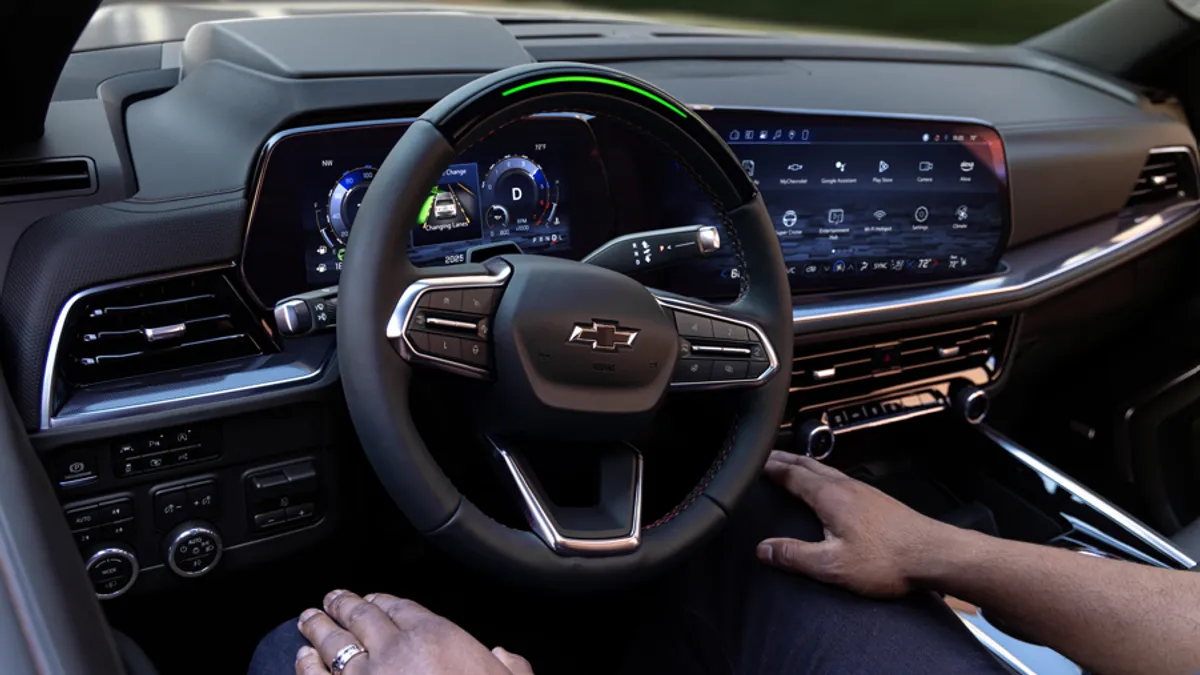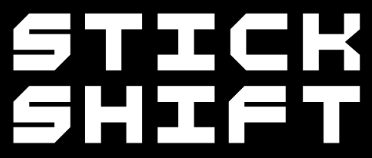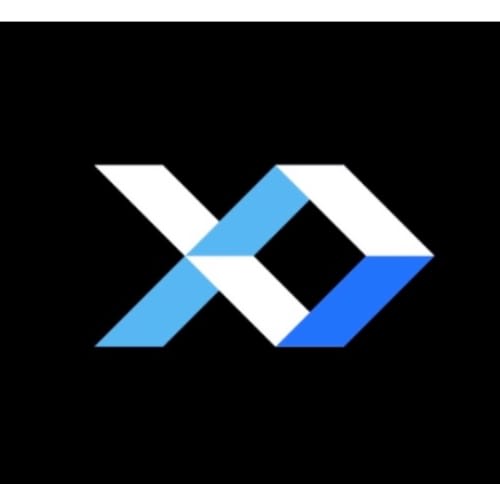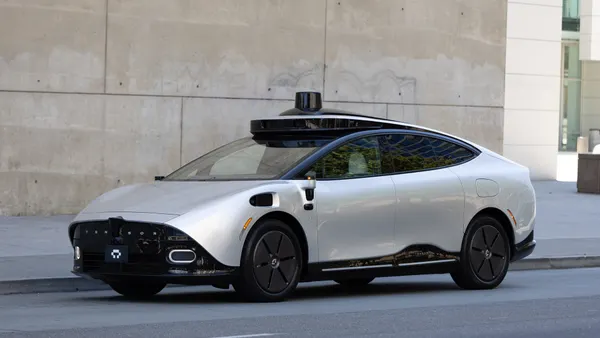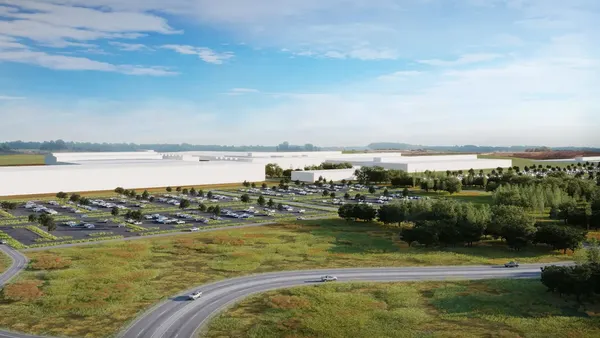Dive Brief:
- Last week, Stellantis said it was cutting a shift at its Detroit Assembly Complex and altering the work schedule at its Toledo Assembly Complex, which could lead to job losses, according to an email sent to Automotive Dive. Both factories make Jeeps.
- The changes were partly “because of the need to manage sales of the vehicles [the plants] produce to comply with California emissions regulations,” Stellantis said. California’s standards require that all new passenger cars sold in the state produce zero emissions by 2035.
- Stellantis is also aiming to void a 2019 agreement between California and rival automakers — Ford, Honda, BMW, Volkswagen and Volvo — to voluntarily follow California’s emissions standards even though the Trump administration had weakened federal standards.
Dive Insight:
Stellantis may lay off thousands of workers as early Feb. 5, with the Detroit Free Press reporting that it could be as many as 2,455 workers in Detroit and 1,225 workers in Toledo.
The Detroit Assembly Complex - Mack plant will temporarily move from three shifts to two, while the factory in Toledo will go from an alternative work schedule to a traditional two-shift operation, which was agreed upon during the recent UAW negotiations, according to Stellantis.
The automaker blamed the layoffs on stringent emissions standards adopted by the California Air Resources Board. The board has set state emissions standards for decades and at least 16 other states follow them. In August 2022, the agency approved a regulation that will slowly phase in a requirement that all new passenger vehicles sold in California will be battery-electric cars, plug-in hybrid cars or powered by hydrogen fuel cells by 2035.
Stellantis said it is facing penalties for violating separate California emissions standards in 2021 and 2022.
Five competitor automakers (Ford, Honda, BMW, Volkswagen and Volvo) that voluntarily pledged to CARB to meet its emissions standards are not subject to the same compliance requirements, Stellantis said. The company said the five competitors are judged based on national sales, while Stellantis and other automakers are evaluated per their sales in CARB states. Last week, Stellantis submitted a state petition against CARB, arguing that the agreement results in “competitive disadvantages” for companies like Stellantis that were not part of the deal.
The California emissions standards have been subject to a political tug-of-war since at least 2018, causing a rift in between carmakers hastening the EV transition and those who have been slower to introduce battery-powered models.
The Trump administration weakened federal auto emissions standards adopted by the Obama administration, which were finalized in 2020. California, however, said it would continue to use its own standards. In 2019, Ford, Honda, BMW and Volkswagen announced they would voluntarily meet the state’s more stringent standards. Volvo joined the four automakers early 2020.
Stellantis (then Fiat-Chrysler), along with Toyota and General Motors, supported the Trump administration in the legal effort to bar California from instituting its own standards.
In 2022, the Biden administration rescinded the Trump administration’s weaker emissions standards and restored California’s power to implement its own. The decision also allowed other states to implement CARB standards.
Stellantis said it tried to join the California agreement in 2021, but was rebuffed.
In June, in an effort to meet CARB emissions requirements, Stellantis told dealers it was no longer sending vehicles with pure internal combustion engines to CARB states unless customers ordered them. At the same time, the company would no longer send any plug-in hybrid vehicles to non-CARB states unless specifically ordered.
The proposed federal emissions standards, currently in rulemaking, are similar to the California standards.




